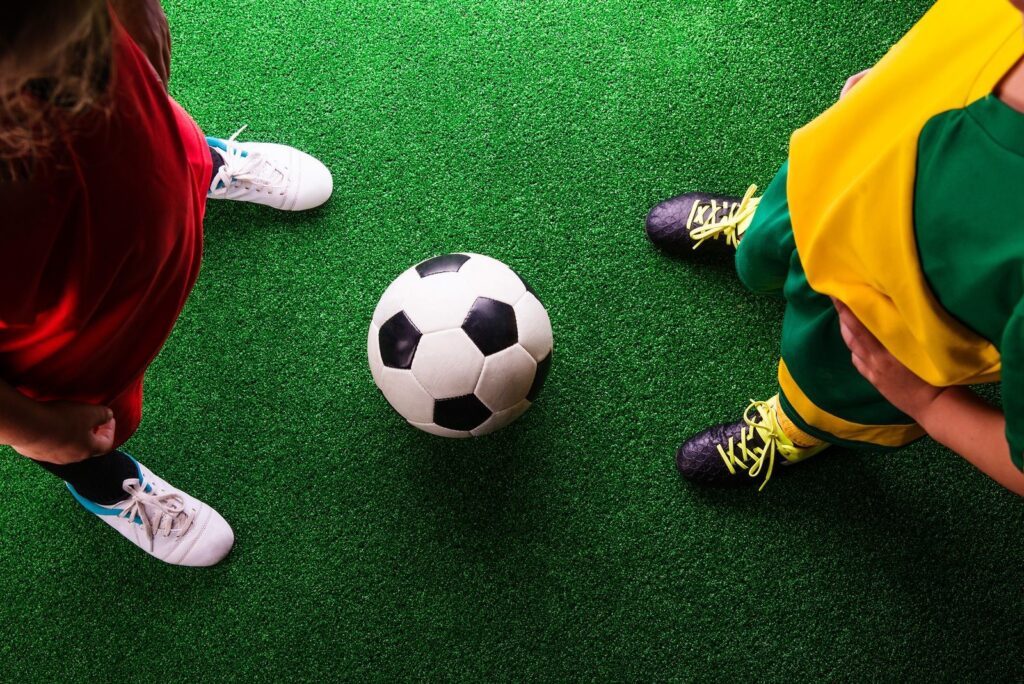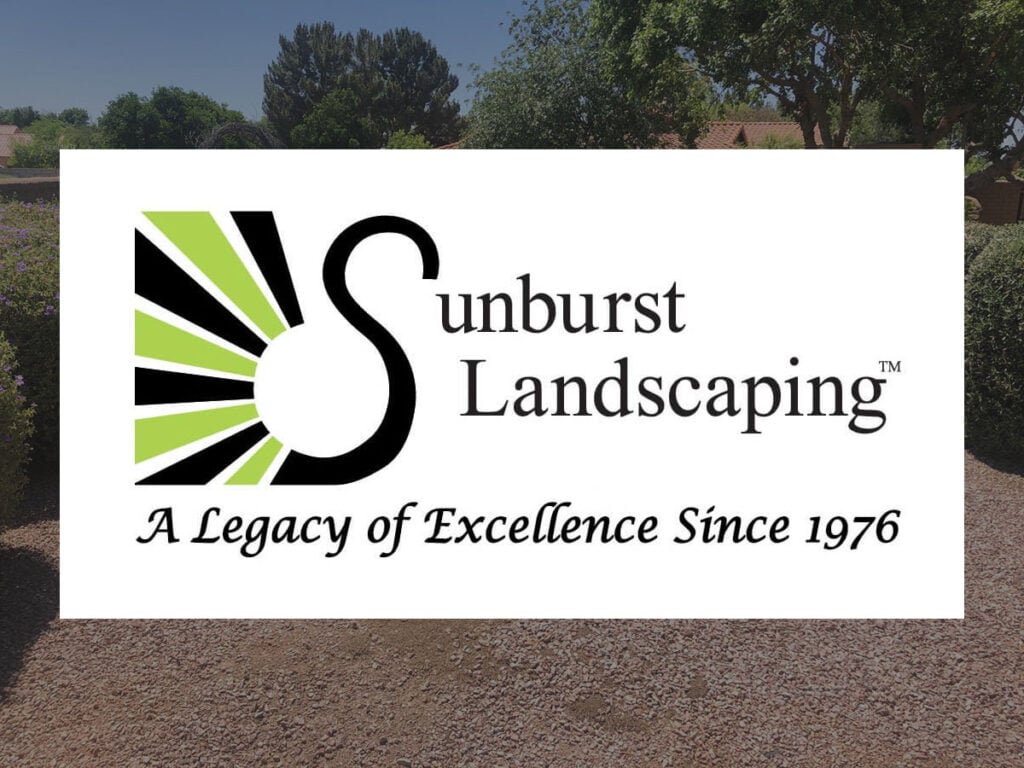Do some quick research on artificial turf for soccer pitches, and you’ll learn about its most-heralded advantages: easy maintenance and year-long playability. An artificial pitch is easier to maintain than a natural one because its surface does not require regular watering, mowing, seeding, and pest control. It can be played on more often because it eliminates the problem of mud and rainfall. It also tends to maintain an even surface, while natural fields become rough and unplayable over the year.
In areas like Phoenix, where water is prized and winter does not shut down outdoor play, artificial turf is indeed a practical option. But it’s one thing to examine how a playing surface impacts maintenance crews (who do need to be appreciated for their work) and to look at how it could affect what everyone comes to the field for: the game.
Kicking off: Composition
To understand the impact of artificial turf, one must first look at its composition. Artificial turf is typically made up of three layers:
- The “root zone” made of nylon
- An “infill” layer that is usually made of recycled rubber tires
- Individual fibers of “grass”, which are composed of polyethylene, otherwise known as commercial plastic.
All three layers rest on a bottommost backing layer, which is installed onto the ground. Synthetic fields differ from natural ones in three key areas:
- Field consistency. Synthetic “grass” blades have a uniform size, texture, shape, and strength. They can retain these characteristics, while patches of natural grass on the same field might differ.
- Field slope. An artificial field can be custom-installed over rough ground, so it would not have the bumps and grooves of a natural field.
- Friction/traction. An artificial field tends to have a higher coefficient of friction – meaning it is more “sticky” and people are less likely to slip on them.
Let’s look at how these factors impact soccer – the sport that’s most recently put artificial turf in the headlines.
The breakdown: Impact
Soccer games across Phoenix would be subtly but significantly different if pitches had artificial turf. Whether you’re a school’s sports administrator or a public playground advocate, a high school referee or a player’s parent, you would consider the impact on these areas:
- Pace of play. Games will be faster on artificial turf, because its consistent texture and short “blade” size allow the ball to move more quickly around the field. Balls also bounce higher and more consistently on turf, affecting everything from volleys to saves.
- Player agility. Midfielders and defenders could find themselves turning and stopping more precisely, as secure synthetic backing enables them to be more sure-footed.
- Game strategies. Coaches and players could take advantage of an artificial field’s faster conditions. They could favor quick strikes or direct attacks on offense, pressuring defenses to adjust. Artificial turf discourages players from the slide-tackle, since there is a higher probability of burns from sliding.
- Roster management. To gain an edge, teams could keep fielding speedy players or players whose skills serve a faster pace of play. Conversely, since artificial turf itself enables fast play, even teams with slower players could move the ball quickly from goal to goal.
- Health risks. While artificial turf prevents slipping on grass, it has been known to cause awkward landings and leg injuries. Particularly relevant to Phoenix is that it can heat up – so it needs to be cooled down to prevent burns and abrasions. A UEFA official, however, has said that the total risk of injury is the same on turf as it is on natural grass.
Ultimately, the decision whether to go for artificial pitches can still rest on issues of cost, maintenance, and safety, rather than the x’s and o’s of the beautiful game. Nonetheless, the impact of artificial turf on gameplay is important to know – especially if you’re considering it for your own Phoenix team.
Contact us today to get started.
Sources
Pros & Cons of Artificial Turf in Sports, AZCentral.com
Advantages & Disadvantages from Playing Soccer on Turf, LiveStrong.com
Ref’s View: Soccer on Fake Grass, SoccerAmerica.com




